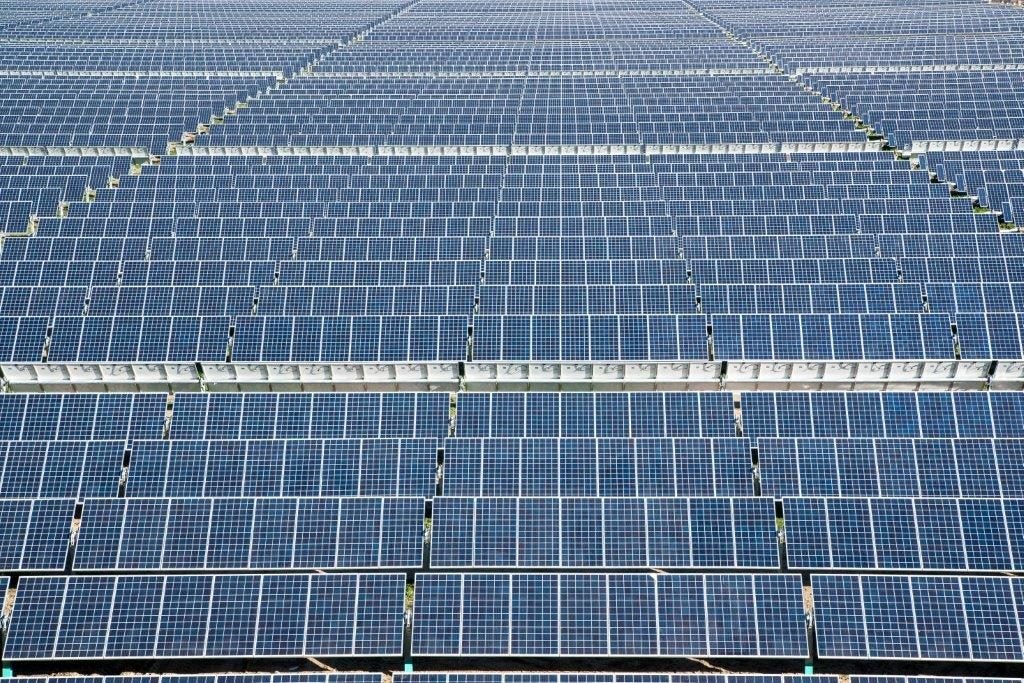Local governments across Ohio use solar to save taxpayer money


Local governments across Ohio are turning to solar to power their communities and save money. In recent months, three projects have been announced or completed that will bring solar to more Ohioans.
Bowling Green is home to the state’s largest solar field. The system produces enough power to provide electricity to 4,000 homes. “The Bowling Green community has long supported a diversified power supply portfolio to balance cost and environmental risk,” said Daryl Stockburger, Assistant Utilities Director for the City of Bowling Green. Stockburger said about 40% of the electricity used in the city comes from renewable energy sources.
The city recently announced it would be doubling down on solar with the construction of the state’s largest community solar project. The 20 MW solar project will enable community members to subscribe to the project and benefit from solar even though the panels are not installed on their homes. The project will provide locally-generated power, which lessens transmission and distribution costs for the utility. “These lower costs for power delivery contribute toward lowering all electric bills to the city’s customers,” Stockburger said.
Athens is preparing for a new 195 kW project on their municipal water treatment system later this year. That announcement was made prior Athens city voters overwhelmingly approving a ballot initiative to accelerate the deployment of even more solar on municipal buildings.
In Northeastern Ohio, Cuyahoga County broke ground in March on a 4 MW, 36,000 panel system on what is believed to be the first reclaimed landfill solar project in the Midwest. “We wanted our grid to be greener with locally generated energy,” said Mike Foley, Director of Cuyahoga County’s Department of Sustainability.
Foley believes this project is just the beginning. The county has mapped 70-80 additional landfill and brownfield sites where it could install solar. These sites are good solar hosts because of the restrictions on what can be built on them without extensive and expensive remediation.
The landfill project is scheduled for completion later this summer. Now that the county has this experience under its belt, Foley is eager to help other local governments deploy solar. “Go do it,” Foley said. “We’ll help you.”
